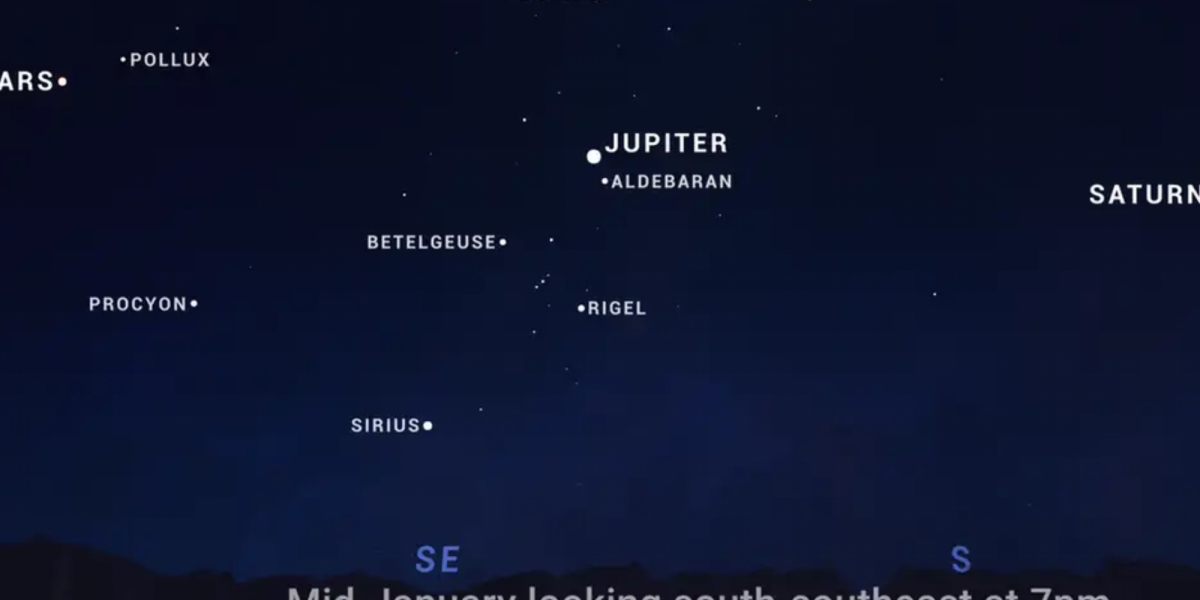This January 21, 2025, the night sky will be the scene of an impressive astronomical spectacle: the alignment of six planets visible from Earth. This will be the first of three notable planetary alignments that will occur throughout the year, offering a unique opportunity for astronomy lovers and those curious about the cosmos.
What planets can be observed?
During the night of January 21, observers will be able to enjoy the alignment of the following planets:
- Venus and Saturn: visible in the southwest sky at dusk.
- Jupiter: located high in the sky, standing out for its brightness.
- Mars: observable to the east.
- Uranus and Neptune: They will be visible, although you will require a telescope to distinguish them clearly due to their lower brightness.
What are planetary alignments?
Although “planetary alignment” does not imply that the planets are perfectly aligned in space, from our perspective on Earth they appear to be grouped together along a line in the sky, known as the ecliptic. This phenomenon occurs because the planets orbit the Sun in more or less aligned paths, like grooves in a disk.
The United States National Aeronautics and Space Administration (NASA) explains that this effect is a result of how we perceive the movements of the planets from our place in the solar system.
How to observe this phenomenon?
To enjoy this planetary alignment, be sure to:
- Find a place with little light pollution.
- Bring binoculars or a telescope, especially if you want to observe Uranus and Neptune.
- Consult mobile astronomy applications, which will help you locate the planets according to your location.
- Choose a night with clear skies to ensure good visibility.
A special year for astronomy
2025 will be a year full of outstanding astronomical events. In addition to the alignment on January 21, there will be an alignment of seven planets on February 28, which will include Mercury, and another in August with six visible planets.
With information from D.W.















